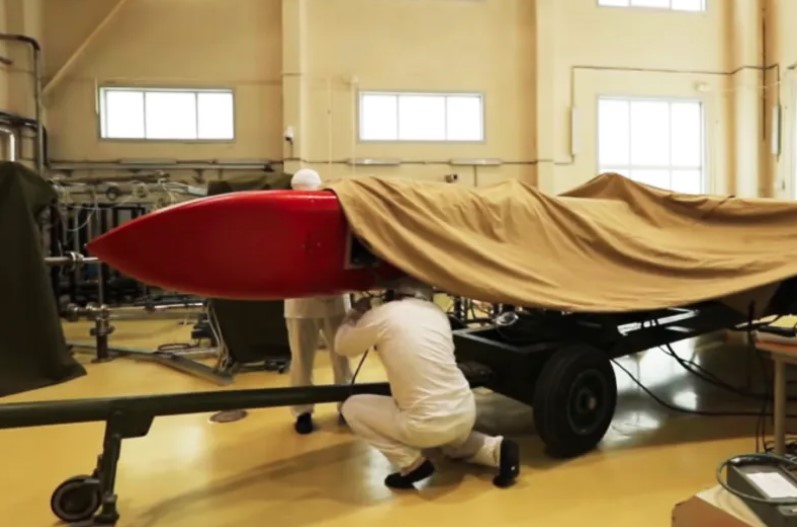Russia has announced that it has successfully tested one of its most secretive and powerful weapons — the 9M730 Burevestnik. The missile uses both nuclear power and nuclear capability, allowing it to fly for extremely long periods without refueling.
Russia Confirms Test of Burevestnik Nuclear-Powered Cruise Missile
The confirmation came directly from Russian President Vladimir Putin during a meeting with General Valery Gerasimov, the chief of Russia’s armed forces. The meeting was accompanied by a video released by the Kremlin, showing parts of the test.
According to Russian officials, the test took place on 21 October. General Gerasimov said the missile flew for about 15 hours, covering a distance of 14,000 kilometres. He added that this was “not the limit,” suggesting the missile could travel even farther. President Putin called it “a unique weapon that nobody else in the world has.”
Lithuania outraged as Russian jets cross border — NATO responds within minutes
The Russian leader also mentioned that earlier some experts believed such a missile would never be possible. But after “crucial testing,” he said, the development phase is nearly complete. Putin ordered further final tests and directed the military to prepare the infrastructure for deployment.
Western sources, including the BBC, have noted that Russia made similar claims in 2023, but these could not be independently verified. Still, the latest test — with video evidence and official confirmation — marks one of the most significant developments in Russia’s advanced weapons program.
What Makes the Burevestnik Missile Different?
The Burevestnik, meaning “storm petrel,” is a ground-launched, nuclear-powered cruise missile designed to fly close to the Earth’s surface, making it hard to detect by radar. NATO calls it the SSC-X-9 Skyfall.
Its key feature is a miniature nuclear reactor that replaces traditional fuel, allowing the missile to stay airborne for days and potentially circle the globe before striking. According to Russia’s Tass news agency, tests confirmed that the missile’s maneuvering systems performed within expectations, showing a strong ability to evade air defenses.
Fueling the frontlines — Ukraine’s drone assaults cripple 20% of Russia’s oil capacity
The missile uses a solid-fuel booster for launch before the nuclear engine activates, superheating air to propel it forward. Experts estimate its range could reach 20,000 kilometres, flying at just 50–100 metres altitude — far lower than typical cruise missiles.
While this gives the Burevestnik unmatched endurance, it also raises radiation and safety concerns, as the nuclear engine could release radioactive material if a malfunction occurs.
Past Failures, Risks, and Strategic Significance
Although Russia now claims success, the Burevestnik missile’s development has faced multiple failures and accidents. Western intelligence reports suggest at least 13 tests since 2016, with only a few showing partial success.
One major accident in 2019 near the White Sea caused an explosion that killed five nuclear experts and released radiation in the area. US intelligence linked the incident to a Burevestnik test. President Putin later honoured the victims, calling their work “without equal in the world.”
Experts note several drawbacks, including the missile’s subsonic speed, which makes it easier to detect, and the nuclear engine, which could pose environmental risks due to possible radiation leaks.
The missile has not yet been deployed, but Putin has ordered preparations for final testing and infrastructure. Analysts believe the deployment site could be Vologda-20 (Chebsara), about 475 kilometers north of Moscow, where satellite images show nine launch pads under construction.
GUR publishes data on Russian X-101 missile producers to highlight gaps in global sanctions
Russia holds about 5,459 nuclear warheads, while the United States has around 5,177, giving them control of nearly 87% of global nuclear arms. A 2021 US Air Force report said a nuclear-powered missile like the Burevestnik would offer unique intercontinental range and could bypass missile defences.
Russian experts believe the weapon is designed to destroy remaining enemy targets after an initial strike, including command centers and power plants. The recent test highlights Russia’s continued focus on advanced nuclear weapons to strengthen its strategic capabilities.

